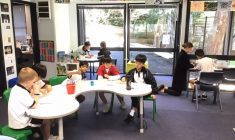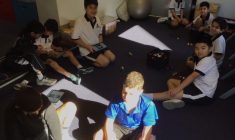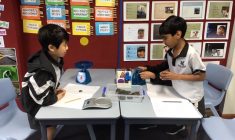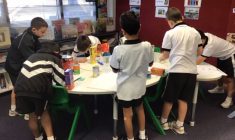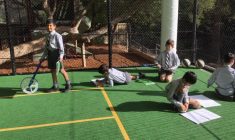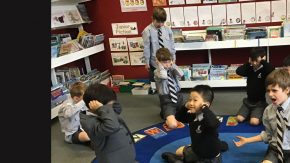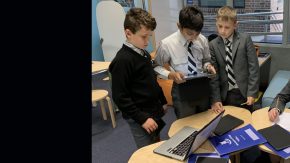Measurement, Length and Mass in Year 3
Measurement
It is important for boys to understand the concept of Measurement. This will help develop their skills to measure, record, compare and estimate with length, volume and capacity, and masses using grams and kilograms. In making the transition from informal to formal units, the boys attend to the structure of units used to measure, how they are assembled end-to-end, side-by-side or in layers without gaps or overlapping. In Year 3, we have been focusing on length, grams and kilograms and are about to explore volume and capacity, and litres and millilitres.
Length
The boys need to develop an understanding of length. They can then meaningfully compare and measure objects using the correct formal unit such as metres, centimetres and millilitres. When learning about length, the boys have been measuring various items using rulers, metre rulers and trundle wheels. They measured the width of the classroom and the length of the basketball court. They also flew paper aeroplanes and measured the distance of how far they flew. They used the trundle wheels to calculate the most efficient way to measure the perimeter of the basketball court.
Mass
The boys have been learning to read kitchen scales and have been estimating the mass of various grocery items. They have estimated the weight of the item and recorded the actual measurement in a table. The boys have also been hefting items (holding something, in order to test its weight) and compared it with another item. These activities have helped the boys to understand approximately how much a particular weight is e.g. what weighs about 500 grams. They have used an equal arm balance to weigh items and compare it with a given weight.
Measurement provides opportunities to strengthen student number and measurement understandings. The relationship between units of measurement will help the boys apply their knowledge to ratios, rates and proportions as well as decimals and percentages in the coming years.
Mrs Russell – Year 3 Teacher



